Thinking about replacing your roof in Long Island, NY? You’re probably wondering how much it’ll cost. Roofing prices can vary widely depending on several factors like materials, labor, and the size of your home or building. Knowing what to expect can help you plan your budget effectively.
Long Island’s unique climate and weather patterns play a role in the type of roofing materials you’ll need. Whether you’re a homeowner or a commercial property owner, understanding these local conditions is key to making the right choice. Plus, with so many roofing options available, it’s crucial to find the best fit for your needs and budget.
In this article, you’ll discover the typical costs associated with installing a new roof in Long Island. We’ll break down the expenses involved and provide insights into the different factors that influence pricing. With this information, you can make an informed decision and ensure your roofing project stays within budget.
Understanding Roofing Costs
Roofing costs on Long Island depend on several factors. The type of material you choose significantly affects the overall expense. Asphalt shingles, for instance, are more budget-friendly compared to metal or slate options. Each material has its own lifespan and maintenance needs.
Labor is another key element in determining costs. Roofers in Long Island may charge between $3 to $5 per square foot for labor. This varies based on roof complexity and contractor expertise. Request quotes from multiple contractors to compare prices and services.
Roof size and pitch also play a role in cost. Larger or steeper roofs require more materials and time to complete, increasing the price. Ensure accurate measurements before getting estimates.
Roofing permits may be required in your locality. The cost might range from $150 to $500, adding to your total budget. Check with local authorities to confirm permit requirements.
Seasonal factors can impact pricing too. Roofers may offer lower rates during off-peak times. Scheduling your project between late fall and early winter might provide cost savings.
Consider these factors when assessing roofing costs to budget effectively for your project.
Factors That Affect Roofing Prices
In Long Island, multiple factors impact the cost of a new roof. These variables include material type, roof size and complexity, labor costs, and permit fees.
Type of Roofing Material
Material choice greatly influences roofing costs. Asphalt shingles, a budget-friendly option, cost less than metal or slate, which are premium choices. Consider durability and aesthetics when selecting roofing materials as they affect both price and longevity.
Roof Size and Complexity
Roof dimensions and design complexity play key roles in pricing. Larger roofs require more materials, increasing costs. Complex designs, like steep pitches or unique angles, require specialized labor, also affecting total expenses.
Labor Costs
Labor costs vary by location, contractor experience, and roof intricacy. In Long Island, expect between $3 and $5 per square foot. More complex roofs demand skilled labor, potentially increasing these rates.
Permits and Additional Fees
Roofing projects often need permits, adding to overall costs. Local regulations in Long Island might require permits costing from $150 to $500. Additional fees could include waste disposal or inspection charges, depending on project specifics.
Average Cost of a New Roof in Long Island, NY
In Long Island, the average cost for a new roof installation ranges from $7,000 to $25,000. Various factors like materials, roof size, and additional services influence these costs.
Cost Breakdown by Material Type
- Asphalt Shingles: Common and economical, expect to spend between $5,000 and $12,000. They balance durability with cost-effectiveness.
- Metal Roofing: Ranges from $8,000 to $20,000. Provides energy efficiency and longevity if matched with upfront expense.
- Slate Roofing: Premium choice, priced between $15,000 and $30,000. Known for its aesthetic and durability, it incurs higher costs due to weight and installation complexity.
- 1,000 Square Feet: Cost is approximately $5,000 to $10,000. Compatible with smaller homes, resulting in lower overall expense.
- 2,000 Square Feet: Costs can be $10,000 to $20,000. Medium-sized homes typically fall in this range.
- 3,000 Square Feet: Prices can escalate from $15,000 to $30,000. Larger homes have greater material and labor requirements.
Consider evaluating multiple roof materials and sizes to align with your budget and preferences for your Long Island property.
Tips for Saving on Roofing Costs
New roof expenses can add up. There are several ways Long Island homeowners and commercial property owners can save without compromising quality.
Choosing the Right Contractor
Select a contractor with a proven track record. Verified reviews and recommendations from neighbors or friends provide reliable information about a contractor’s performance. Get quotes from at least three local contractors to compare prices. Ensure each quote includes material, labor, and any additional fees. A well-established contractor often offers better pricing due to their supplier relationships.
Timing Your Project
Roofing projects cost less in off-peak times. Schedule during late fall or winter when demand for roofing services is lower. You’ll likely benefit from reduced labor fees and faster project completion. An early booking ensures you can lock in prices before any seasonal increases.
Conclusion
Understanding the costs and factors involved in replacing a roof on Long Island is crucial for making informed decisions. By considering material options, labor expenses, and the size of your property, you can effectively budget for your roofing project. Don’t forget to account for additional costs like permits and waste disposal, and remember that timing your project during off-peak seasons can lead to savings. Choosing the right contractor is essential, so gather multiple quotes and check their track record. With careful planning and consideration, you’ll be well-equipped to manage your roofing investment efficiently.

